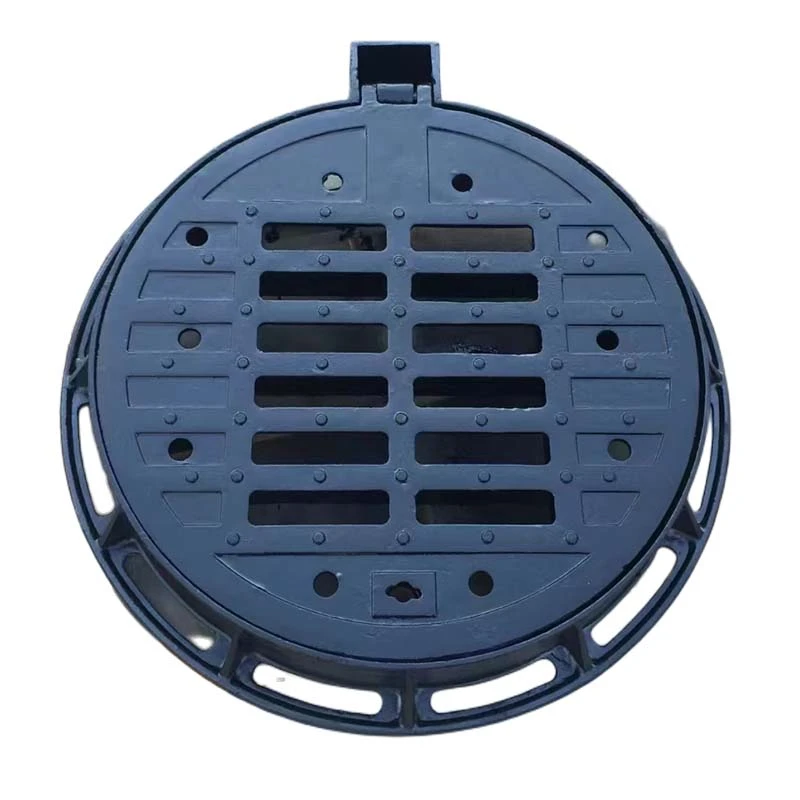hose clamp to stop leak
The Role of Hose Clamps in Stopping Leaks
When it comes to maintaining the integrity of various plumbing systems, mechanical connections, or automotive hoses, the importance of hose clamps cannot be underestimated. These simple yet effective devices are essential for preventing leaks in many applications, from household plumbing to intricate automotive systems. In this article, we will explore how hose clamps work, their various types, and best practices for using them to stop leaks effectively.
Understanding Hose Clamps
A hose clamp is a fastening device that secures a hose onto a fitting such as a spout or a barb. Hose clamps can be made from various materials, including stainless steel, plastic, and brass. Their primary function is to create a tight seal between a hose and its connection point, preventing fluid or gas from escaping. This is crucial in applications where leaks can cause significant damage, pose safety risks, or lead to costly repairs.
How Hose Clamps Work
Hose clamps function by applying uniform pressure around the circumference of the hose. When a hose is positioned over a fitting, the clamp is placed around the hose, and it is tightened using a screw or other mechanisms. This tightening compresses the hose against the fitting, creating a secure seal that minimizes the risk of leaks. As the clamp tightens, it can also accommodate the flexibility and expansion of the hose, especially in situations where pressure may fluctuate.
Types of Hose Clamps
There are several types of hose clamps available, each designed for specific applications. Here are a few common types
1. Screw-Style Clamps These are the most widely used and consist of a band with a screw mechanism for tightening. They can be easily adjusted and are highly effective for various hose sizes.
2. Spring Clamps These clamps use spring tension to hold the hose securely in place. They are particularly beneficial in environments where hoses experience movement or vibration.
hose clamp to stop leak

3. Wire Clamps Typically used for smaller hoses, wire clamps can hold hoses securely in place with minimal bulk. They are often utilized in medical or laboratory settings.
4. PVC Clamps Made from durable plastic, PVC hose clamps are designed for light-duty applications. They are corrosion-resistant and are often used in garden hoses or low-pressure systems.
Best Practices for Using Hose Clamps
1. Choose the Right Size Selecting a hose clamp that fits the hose diameter is crucial. An incorrectly sized clamp can either fail to secure the hose adequately or crush it, leading to leaks.
2. Inspect the Hose and Fittings Prior to installation, check for any signs of wear and tear on the hose and fittings. Cracks or deformities can compromise the seal, leading to leaks.
3. Even Tightening When using screw-style clamps, tighten the clamp evenly around the hose. Over-tightening can cause damage, while under-tightening may not provide a sufficient seal.
4. Monitor for Wear Regularly inspect hose clamps and hoses for signs of degradation, especially in high-stress applications. Replace any parts that show signs of wear to prevent leaks before they occur.
5. Use Quality Materials Opt for high-quality clamps made from materials suitable for your specific application, especially in environments exposed to moisture, heat, or chemicals.
Conclusion
Hose clamps are small yet vital components in the prevention of leaks across diverse applications. By understanding how they work and implementing best practices for their use, individuals can significantly enhance plumbing systems and automotive setups, ensuring safety and efficiency. Whether you are managing a household plumbing issue or working on a complex automotive project, proper installation of hose clamps will provide peace of mind and protect against costly leaks.
-
The Smarter Choice for Pedestrian AreasNewsJun.30,2025
-
The Gold Standard in Round Drain CoversNewsJun.30,2025
-
The Gold Standard in Manhole Cover SystemsNewsJun.30,2025
-
Superior Drainage Solutions with Premium Gully GratesNewsJun.30,2025
-
Superior Drainage Solutions for Global InfrastructureNewsJun.30,2025
-
Square Manhole Solutions for Modern InfrastructureNewsJun.30,2025
-
Premium Manhole Covers for Modern InfrastructureNewsJun.30,2025
